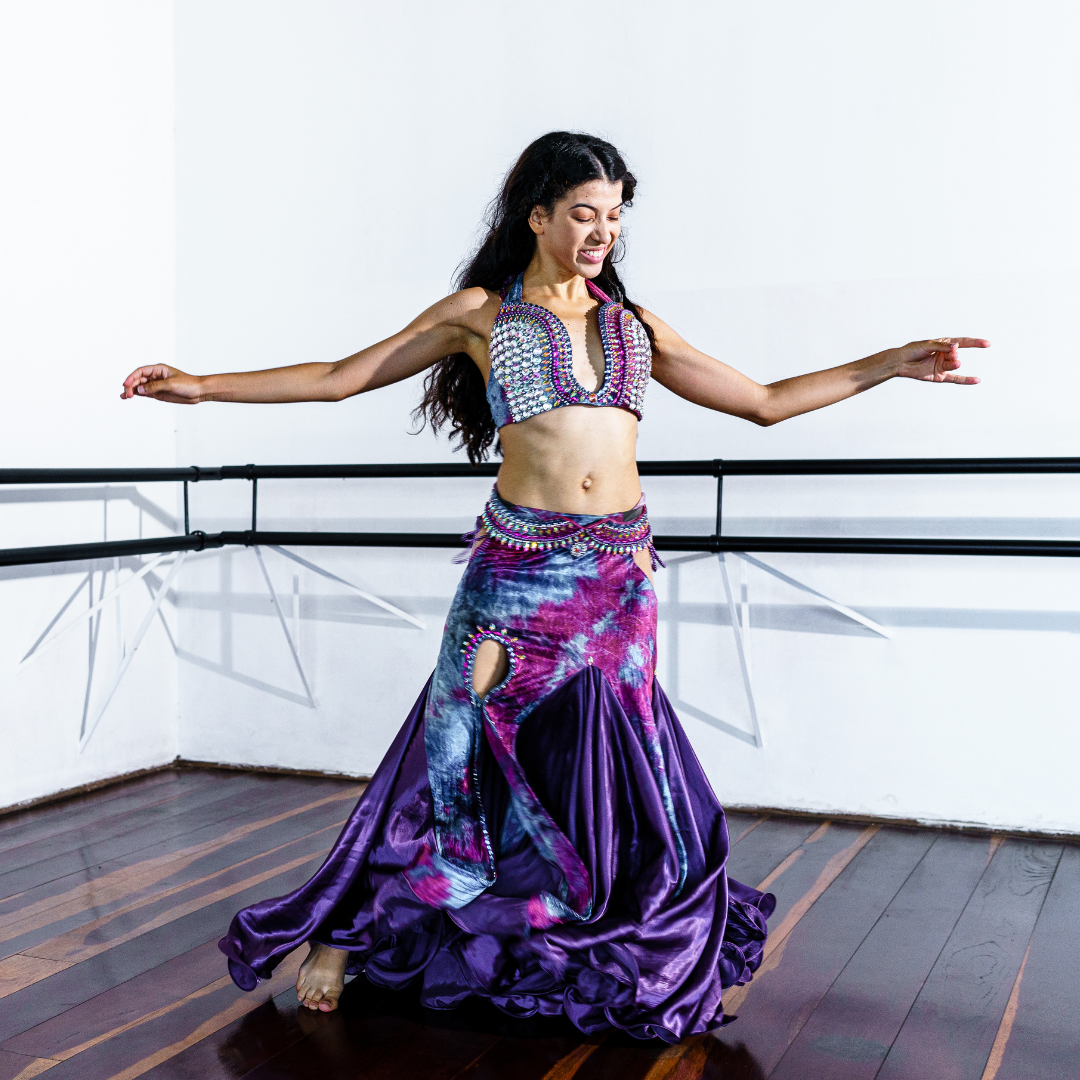Have you ever wondered Why Is Belly Dancing Allowed In The Middle East? In this article, we will explore just that.

Why Is Belly Dancing Allowed in Islam?
Belly dancing is a captivating and mesmerizing art form that has gained popularity worldwide. Many people wonder why this expressive dance is allowed in the Middle East, particularly in countries where Islam is the predominant religion. In this article, we will explore the intriguing relationship between belly dancing and Islam, shedding light on its origins, cultural significance, and acceptance within the region.
The Origins of Belly Dancing in the Middle East
Belly dancing, also known as Raqs Sharqi, has a rich history deeply rooted in the Middle East. Its origins can be traced back to ancient civilizations such as Egypt, Mesopotamia, and Persia. Initially, it was performed as a ritualistic dance, celebrating fertility and femininity. Over time, it evolved into a form of entertainment and artistic expression.
Islam and Dancing Women
Islam, the predominant religion in the Middle East, has often been associated with conservative values and restrictions on certain forms of expression. However, it is essential to note that interpretations of Islamic teachings can vary among different cultures and regions. While some Muslim-majority countries may have stricter regulations regarding public performances, others embrace the art of belly dancing.
In Islamic tradition, modesty and decency are highly valued virtues. Some scholars argue that belly dancing, when performed in a controlled and respectful manner, aligns with these principles. It is seen as an art form that celebrates femininity without crossing the boundaries of immodesty. However, it is crucial to respect the diverse interpretations and practices within the Islamic world.
It Is a Fine Form of Wedding Dancing
Belly dancing has become an integral part of weddings and celebratory events in the Middle East. It serves as a form of entertainment that adds joy and liveliness to the festivities. During weddings, professional belly dancers are often hired to perform for the guests, creating an atmosphere of excitement and celebration.
In this context, belly dancing is seen as a cultural tradition rather than solely a form of artistic expression. It brings people together, fostering a sense of community and shared heritage. The dance performances during weddings not only entertain the guests but also symbolize the joy and happiness of the occasion.
Lebanon as a Center for the Dance
Lebanon, a country located in the heart of the Middle East, has emerged as a prominent center for belly dancing. Lebanese culture embraces this dance form, and it has become an essential part of the country’s artistic and entertainment scene. Lebanese belly dancers are renowned worldwide for their skill, elegance, and captivating performances.
Lebanon’s acceptance and promotion of belly dancing have contributed to its popularity and visibility in the region. The country’s vibrant nightlife and entertainment industry has provided a platform for belly dancers to showcase their talent and contribute to the cultural fabric of Lebanon.
Conclusion
In conclusion, the allowance of belly dancing in the Middle East, particularly in countries where Islam is practiced, can be attributed to a combination of cultural, historical, and regional factors. Why Is Belly Dancing Allowed In The Middle East? While interpretations of Islamic teachings may differ, many communities embrace belly dancing as an art form that celebrates femininity, cultural heritage, and joyous occasions. The dance has evolved and adapted over time, leaving an indelible mark on the Middle Eastern cultural landscape.
